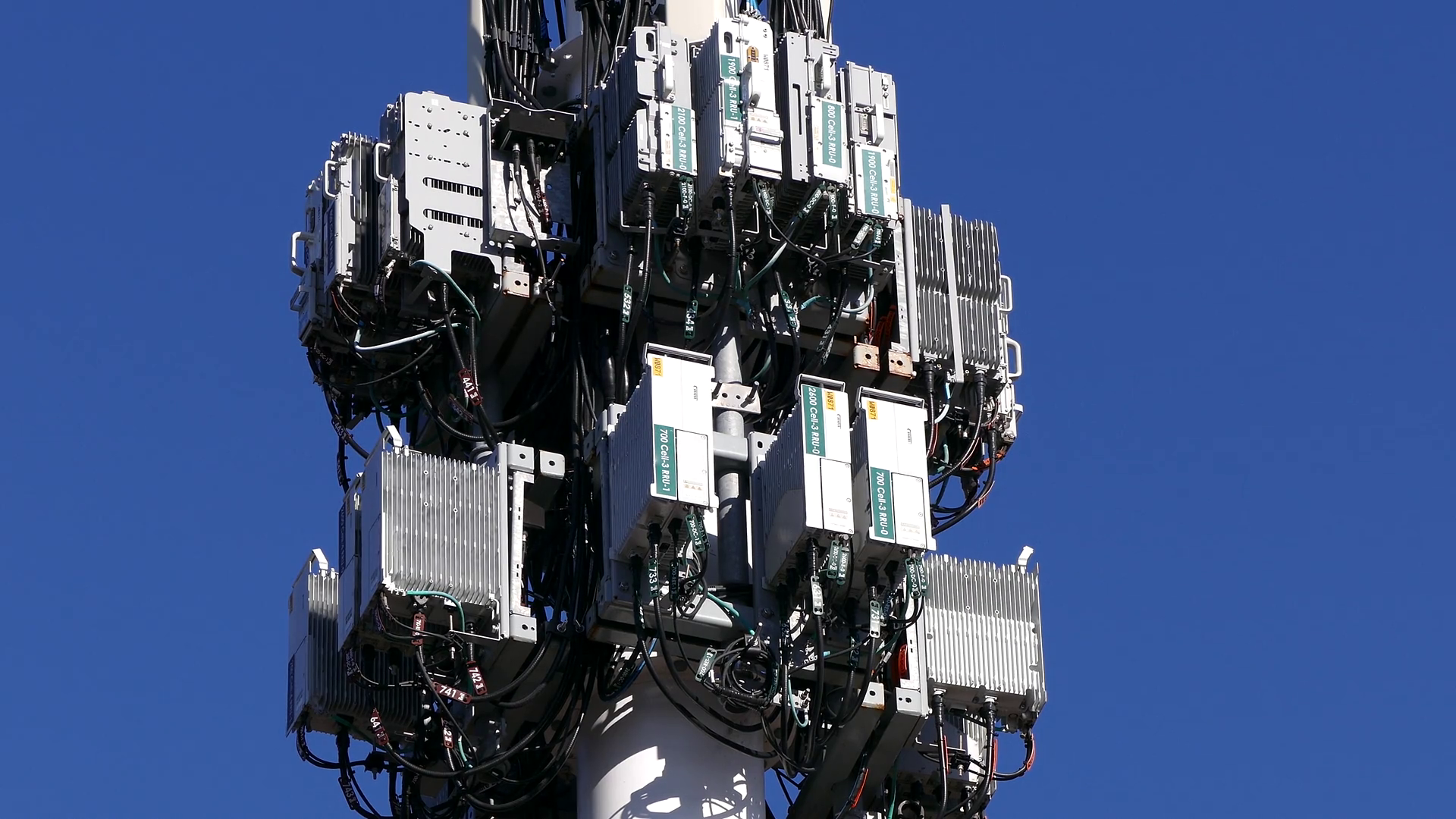
It may sound like the name of a cartoon character, but Massive MIMO, the technology that helped power today’s first UK 5G holographic call, is not NEMO’s brutish cousin, but an increasingly mature technique of “massive multiple-input, multiple-output” of signals to support faster, richer telecommunications networks.
Each Massive MIMO antenna has its own radio frequency and digital baseband (a very narrow and near-zero frequency range) chain. In essence, the more antennas the transmitter/receiver is equipped with, the more the possible signal paths and the better the performance in terms of data rate and link reliability.
As a recent Ofcom report puts it: “Massive MIMO, currently in trial development, is expected to become an essential 5G technology. It will greatly increase the network capacity by locating tens (or even more than a hundred) small antennae at the Base Station, which will form multiple signal beams directed at the devices connected to it.”
The simplest way to put it is that if your phone is an ear, Massive MIMO allows it to be spoken to by a whole crowd of different voices, at different volumes, at the same time.
Massive MIMO: Adaptive Antennas
Massive MIMO looks likely to use adaptive antennas to further increase performance dramatically by changing their radiating patterns in response to users’ needs and the signal environment. Such “beamforming”, as Nokia’s Darrell Davies puts it, “is a benefit of the higher frequencies that TD-LTE and future 5G networks will use.”
One of the first Massive MEMO products deployed at scale was the Ericsson AIR 6468 that was used in Russia in preparation for the 2018 World Cup.
See also: Audi Brings in Ericsson for 5G Factory Trials
As Ericsson puts it: “[We] forecast that 7.7 billion mobile broadband subscriptions and 1.5 billion cellular IoT devices will depend on mobile networks worldwide. Leading operators – who want to be frontrunners in the networked society – are already planning their 5G networks to meet these needs.”
“Massive MIMO technology improves capacity by transmitting data to multiple user devices using the same time and frequency resources with coordinated beam forming and beam steering. The technology plays an important role in the current evolution of mobile communication by easing the journey to 5G.”
The idea has gone from a wild academic one to a real, if inchoate one in the past decade, as conventional technology has proven unable to deliver the spectral efficiencies that 5G applications require. The “rich and unique propagation signatures” of Massive MIMO terminals are put to use by smart processing at the array.
Ofcom expects that Massive MIMO will mostly be deployed in dense areas with high traffic demands.






